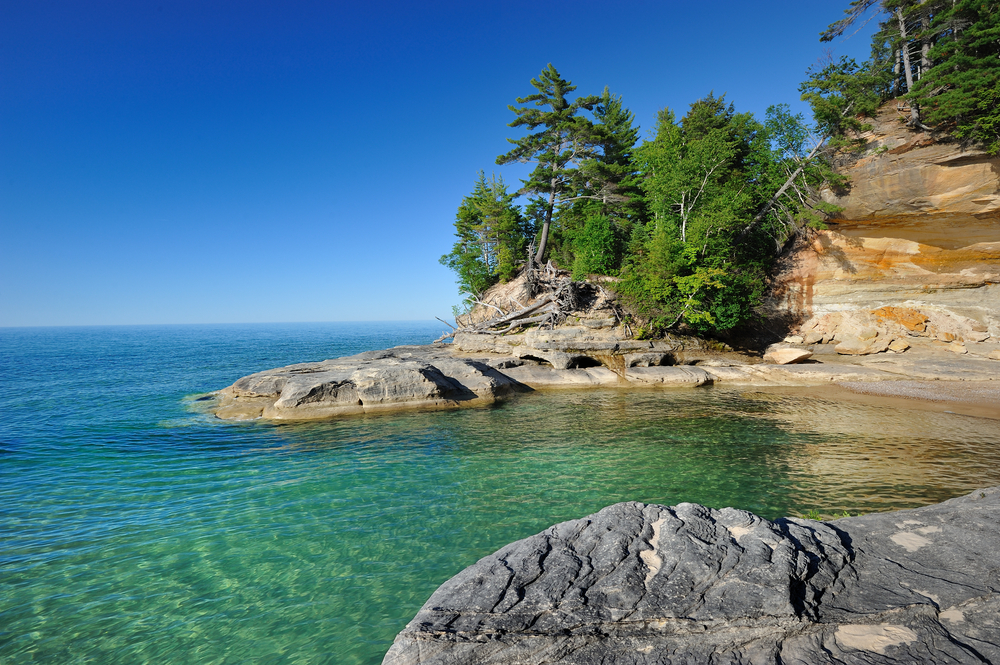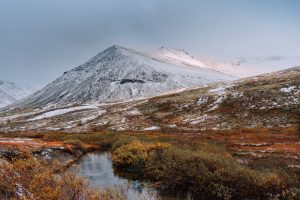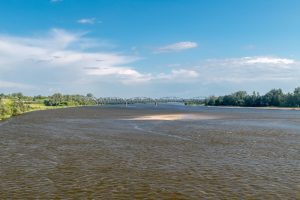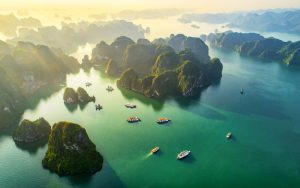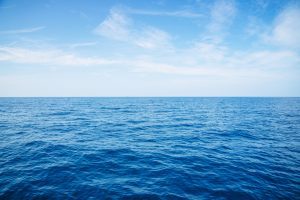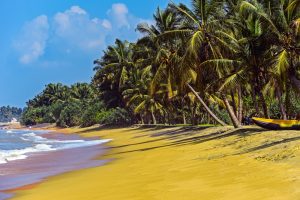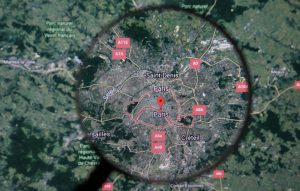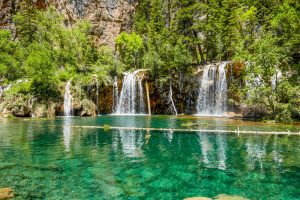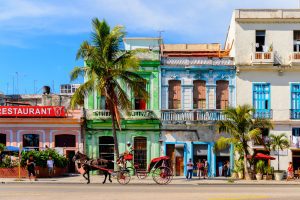Lakes are defined as large bodies of water surrounded by land. Earth has millions of lakes big and small across every continent.
Canada is the country with the most lakes as there are approximately 879,800 lakes throughout the northern tundra.
Russia, the United States, China, and Sweden round out the top five countries with the most lakes.
Check out our full countdown of countries with the most lakes.
Table of Contents
Canada – 879,800 Lakes
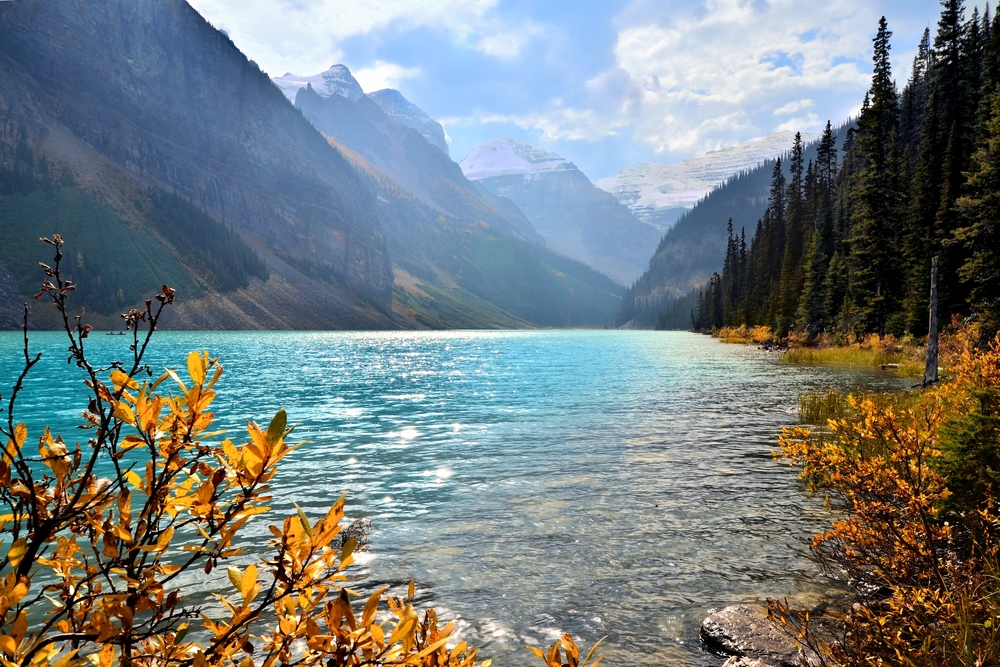
Canada leads the world in lakes, with more than four times as many lakes as Russia. Canada is the second biggest country by land size, and lakes cover 9% of Canada’s surface area.
Nearly 32,000 Canadian lakes are bigger than a square mile, and over half of all the planet’s natural lakes are located here.
In fact, Canada has more lakes on its own than the rest of the globe combined, with Great Bear Lake and Lake Superior two of the largest.
Lake Manitoba is another massive Canadian lake, measuring 79 square miles larger than Utah’s Great Salt Lake.
This is the largest salt lake in the entire Western Hemisphere.
The main reason why Canada has so many lakes dates back to the last Ice Age when most of the country was covered by an enormous ice sheet.
The sheer weight of the ice sheet combined with glacial erosion developed Canada’s landscape, with natural indentations formed as the ice melted.
These areas eventually filled with water to become the lakes Canadians know and love today.
Russia – 201,200 Lakes

Next up on the list of countries with the most lakes is Russia, which has over 200,000 lakes scattered across 6.6 million square miles.
Russia has more land than any other country in the world, and its position at the top of the northern hemisphere creates the ideal environment for lakes, including the deepest one in the world.
Russia’s Lake Baikal covers 12,000 square miles and reaches a maximum depth of 5,387 feet.
Lake Baikal takes up about 50% of Lake Michigan’s surface area, one of America’s five Great Lakes.
The lake is formed by tectonic plates that pulled apart and created a valley that fills up with water.
In addition to plate tectonics, there are also many lakes formed by glaciers in northern Russia.
The north and west parts of the country were covered by ice in the last Ice Age and today are full of lakes, with the high latitude and cool temperatures sustaining these bodies of water.
Although the name may confuse people, the Caspian Sea is Russia’s largest lake and the biggest in the world.
It looks more like a sea than a lake, covering 143,243 square miles and reaching 3,362 feet at its deepest point.
The Caspian Sea is known for its unique combination of saltwater and freshwater fish.
USA – 102,500 Lakes
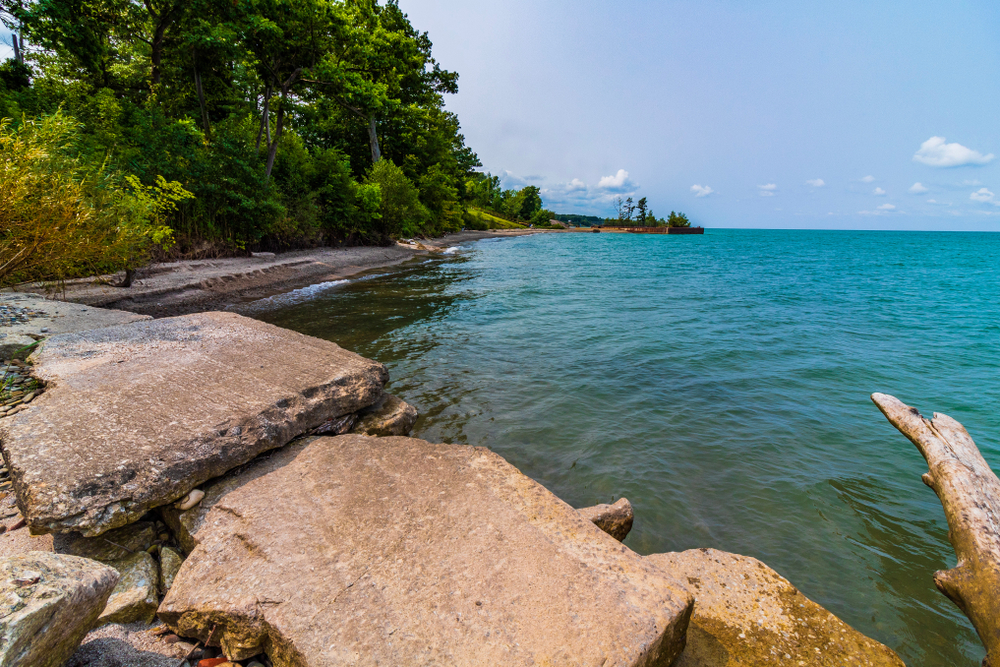
Behind Canada and Russia is the United States with 102,500 lakes total. Minnesota is known as the Land of 10,000 Lakes and Alaska has thousands of lakes too, although there are lakes all across the country.
From the Arctic conditions of Alaska to the legendary American Southwest, lakes support some of the country’s favorite pastimes, such as boating, fishing, and water skiing.
The U.S. is known for the gigantic Great Lakes in the north, which include Lake Superior, Lake Michigan, Lake Erie, Lake Huron, and Lake Ontario.
The Great Salt Lake, Lake of the Woods, and Iliamna Lake are the next biggest after the Great Lakes.
Created by glacial formation and melting during the Ice Age, American lakes are most heavily concentrated in the northern states, but the Rocky Mountain states have a lot of lakes and valleys as well.
There’s also a long list of man-made lakes that offer exciting recreational activities, including Lake Mead, created by the Hoover Dam construction in the 1930s.
Lake Powell in Arizona and Lake Sakakawea in North Dakota round out the top three largest man-made lakes in the U.S.
China – 23,800 Lakes
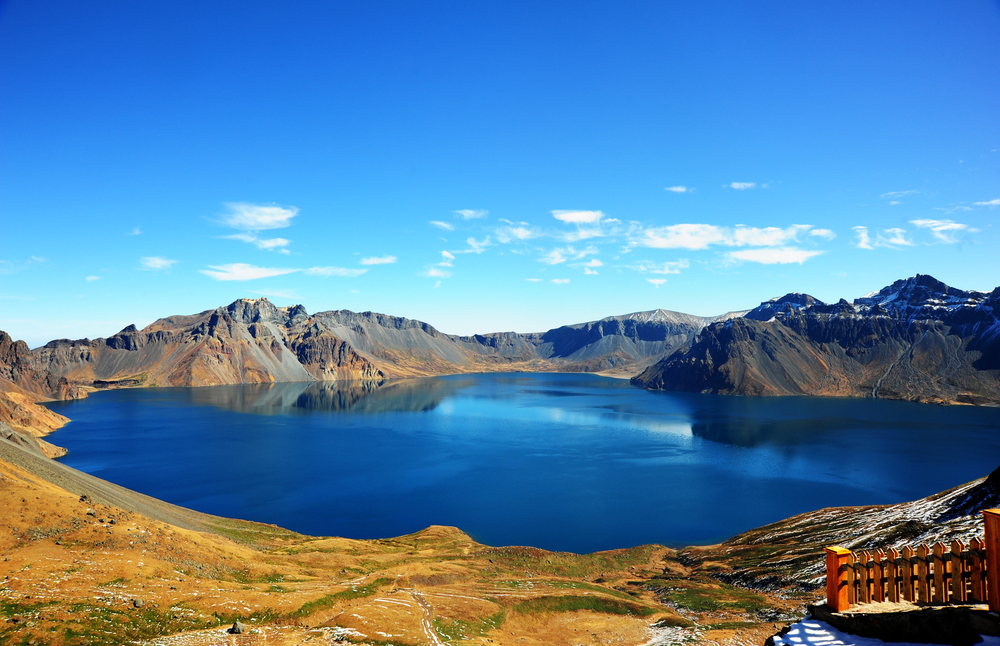
China is ranked number four in terms of the most lakes, with 23,800 lakes in the third-largest country by land size.
Heaven Lake, also known as Tianchi Lake, is China’s biggest and deepest crater lake, while Poyang Lake is the largest freshwater lake with a world-famous bridge.
China’s lakes are an interesting mix of fresh and saltwater, with Nansi and Hongze some of the larger freshwater lakes on the East China Plain.
Then there’s Qinghai Lake, which is saline with no channel for water outflow. Many more lakes are found in the southeast where rainfall is heavy.
The western mountain regions and Tibetan Plateau are peppered with lakes, too. Considering China has the highest population of 1.42 billion people, lakes play an important role in providing food, income, and recreation for millions of Chinese families.
Sweden – 22,600 Lakes
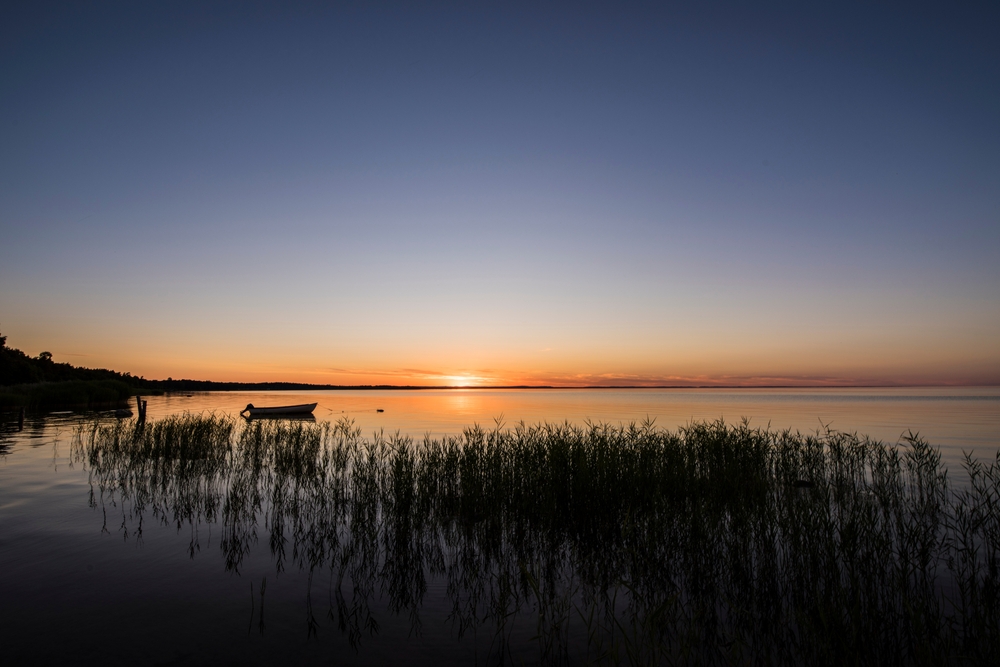
Sweden isn’t far behind China with approximately 22,600 lakes. It may be a much smaller country than China or the U.S., but Sweden is covered in lakes formed during the last Ice Age.
Most of these lakes are fairly small, although the largest one is not only Sweden’s biggest but the largest lake in the whole European Union.
Lake Vänern measures about 90 miles long and is 330 feet deep at certain points.
In total, Sweden has 395 lakes with a surface area of over 4 square miles. This includes Lake Torneträsk, one of the most famous and beautiful Swedish lakes.
Covering 128.2 square miles in Abisko National Park, Lake Torneträsk is known for its amazing view of the Northern Lights.
Sweden has a total of 52 freshwater fish species throughout its stunning lakes, as fishing and water recreation remain popular activities for people of all ages.
Sturgeons are the biggest fish to watch for in Swedish lakes, rivers, and seas.
Brazil – 20,900 Lakes
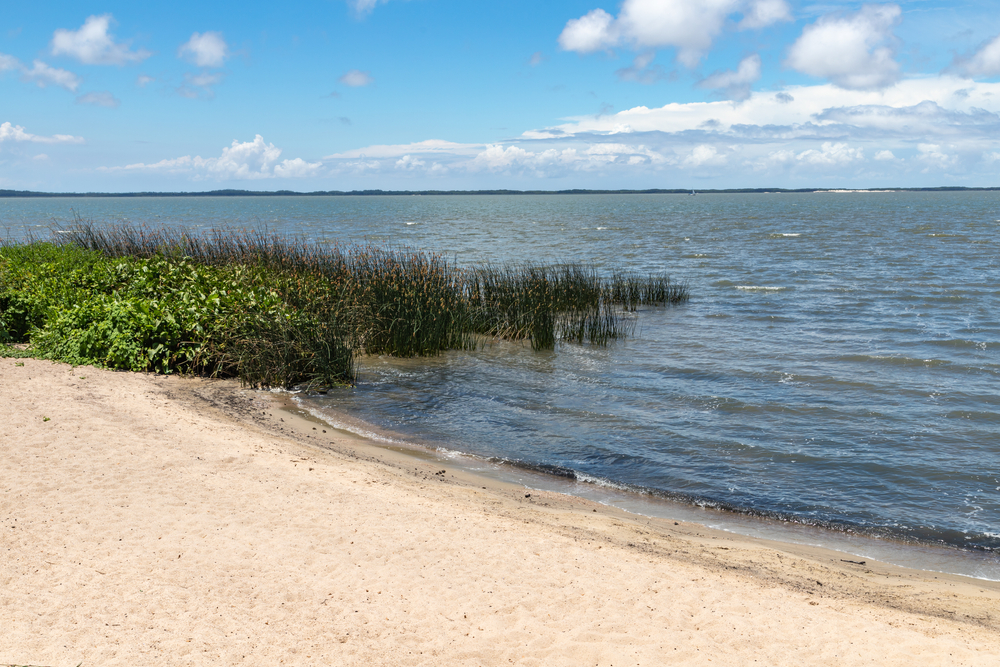
Brazil also has a large number of lakes, due in large part to its 3.29 million square miles of land making it the fifth-largest country.
Many of Brazil’s lakes are situated deep in the Amazon Rainforest where the rivers form oxbow lakes, which occur when a river’s wide flow is cut off.
Lagos dos Patos is Brazil’s biggest lake, measuring 180 miles long and 40 miles wide at some points.
Located in the country’s southeast, Lagos dos Patos is separated from the Atlantic coast by a sandbar.
This is the biggest barrier lagoon on the continent.
There are also man-made lakes like Sobradinho Reservoir, which is six times larger than Lake Mead in the U.S.
Sobradinho is the world’s 15th largest reservoir and is known for the hydroelectric dam, which generates power for the surrounding state of Bahia.
Norway – 20,000 Lakes
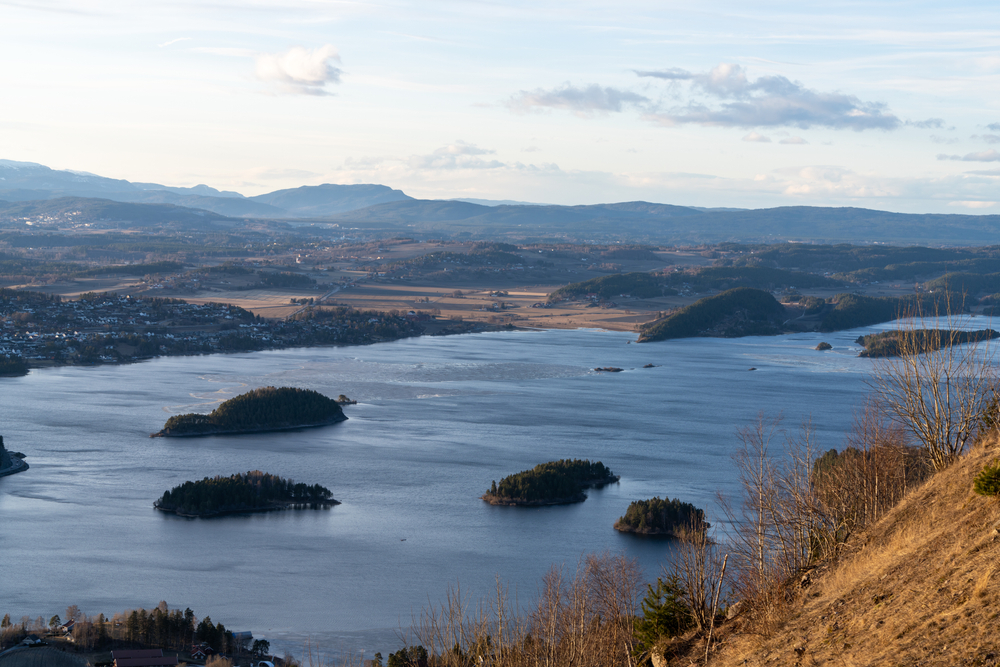
With 20,000 lakes, Norway beats out Argentina (13,600 lakes), Kazakhstan (12,400 lakes), and Australia (11,400 lakes).
Norway has a similar landscape to Sweden, featuring some truly stunning lakes, especially with breathtaking fjords and rushing rivers.
Present-day Norway was once completely covered in glacial ice, and now many glacier lakes offer a beautiful backdrop and exciting recreation for Nordic residents and visitors.
Tyrifjorden is one of the most popular lakes, situated just 25 miles northwest of the capital city Oslo.
It hits 967 feet deep at some points.
Like many other countries, Norway has a variety of man-made reservoirs like Mjøsa or Lille Lungegaardsvannet.
Most of the natural lakes are located near the deep valleys to the west.

